“To the pilots devoted to aviation, who with their ardor, enthusiasm and great dedication, contributed to the graphic representation, to the development and to the present day perfection of artistic flight in the entire world.”
–José Luis de Aresti, Sistema Aresti |
The story of Sistema Aresti
In Sistema Aresti, first published in 1960, José Luis de Aresti laid out a simple and efficient means by which to describe aerobatic flight. Aresti’s fundamental insight was that almost any aerobatic figure can be broken down into a sequence of lines and curves. From this basis, by following a few simple rules he was able to describe the vast majority of aerobatic figures in a way that crossed all boundaries of language and culture.
Aresti notation for the first time provided pilots with a coherent and consistent means of communicating and evaluating aerobatic sequences. The Aresti system was adopted in 1961 by the Fédération Aéronautique Internationale as the official means of describing aerobatics.
Aresti basics
- Figures always begin and end in horizontal flight with wings level, either upright or inverted
- The beginning of a figure is indicated by a solid black disc, the end by a perpendicular hashmark
- Figures are numbered in the order in which they are to be flown in the sequence
- Sequences are designed so they will fit inside an aerobatic box when flown
Lines
- Lines are drawn either horizontal, on 45°, or on 90° angles
- Upright / positive G flight is indicated by a solid black line
- Inverted / negative G flight is indicated by a dashed red line
- Rolls, snaps and spins are frequently added to lines
Rolls
- Rolls are indicated by semicircles
- If the semicircle crosses the line of flight, it indicates a full rotation roll
- If the semicircle adjoins the line of flight, it indicates a half rotation roll
- Point rolls are indicated by a numeral next to the roll indicator, i.e. “4” for a 4 point roll, etc.
- Partial rolls are indicated with a fraction, i.e. a quarter roll is noted as “1/4”
- Multiple rolls in the same direction are linked using a line drawn alongside the roll indicators
- A maximum of 2 rolls should be linked
- Super slow glider rolls (also known as “horizon to horizon rolls”) are specified by double arrows
IMPORTANT: The direction of roll is not specified – the pilot can roll either direction, unless multiple rolls in opposite directions are indicated. In that case, the pilot can choose to roll either direction for the first roll, but then must roll the opposite direction for the second.
Snaps and spins
- Snaps are indicated by equilateral triangles
- Spins are indicated by right triangles
- White colored or “empty” snaps/spins indicate inside/positive G maneuvers
- Red colored or “solid” snaps/spins indicate ouside/negative G maneuvers
- As with rolls, snap or spin triangles which cross the line of flight indicate full rotations, while those which adjoin the line of flight indicate less than full rotations
- Snaps and spins follow the same conventions as rolls for partial, opposite, and linked maneuvers
- As with rolls, the pilot has choice of rotation direction
Loops, humpty bumps and more
- Often found in the center of a sequence
- Rolls and snaps are often added to loops to create more challenging combinations (i.e. Avalanche, etc.)
Turnaround figures
- Used at either end of the aerobatics box to reverse the direction of flight
- Rolls, snaps and spins are often added on the up and/or downlines to create more challenging figures, or to force a crossbox line of flight (see below)
Turns and rolling circles
- Turns and rolling circles can be distinguished from loops by their ovoid shape
- The direction of roll rotation is specified for rolling turns – i.e. rolling to the inside or the outside of the circle
Tailslides
- Can be performed in the center or as a turnaround figure
- Tailslides come in upright / wheels up and inverted / wheels down varieties
- Rolls, snaps and spins are often added on the up and/or downlines to make the figure more challenging
Crossbox figures
- A crossbox figure diverts the line of flight from the main axis to the secondary axis within the aerobatic box
- 1/4 and 3/4 rolls and snaps are most commonly used to initiate a crossbox line of flight
- A figure which initiates a crossbox line of flight is usually connected to another crossbox figure which returns the line of flight to the main axis
Putting it all together
Now that you’ve learned the basics of Aresti notation, see if you can follow along with the 2006 CIVA Glider Known sequence:




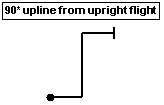
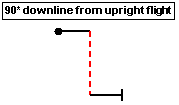














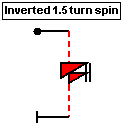

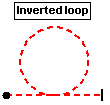
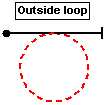
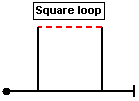
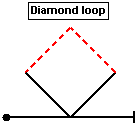
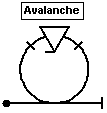

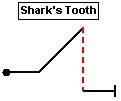
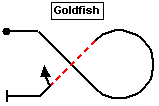
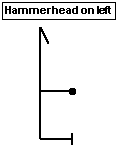
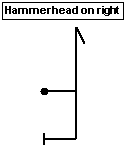



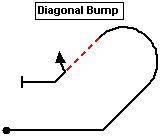
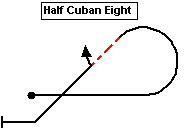
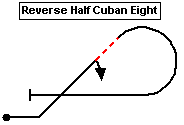




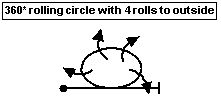

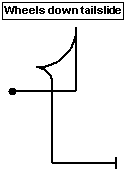
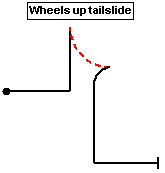
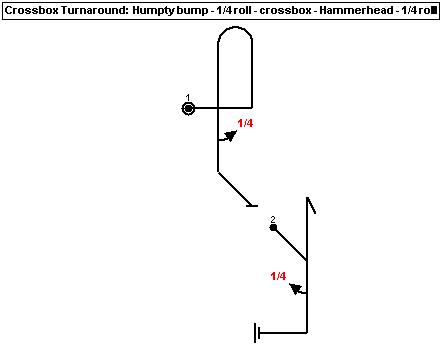
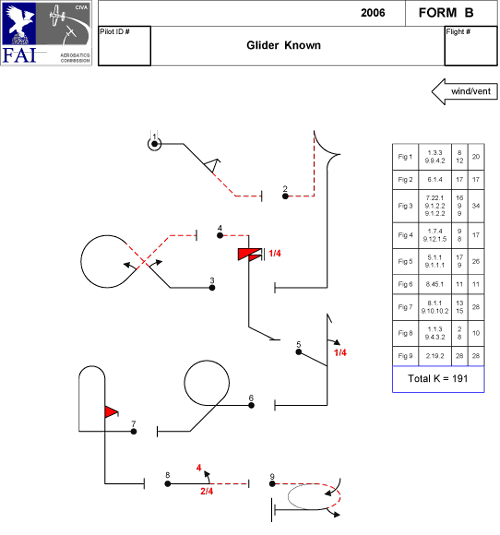

Thanks for this – it has been most helpful.